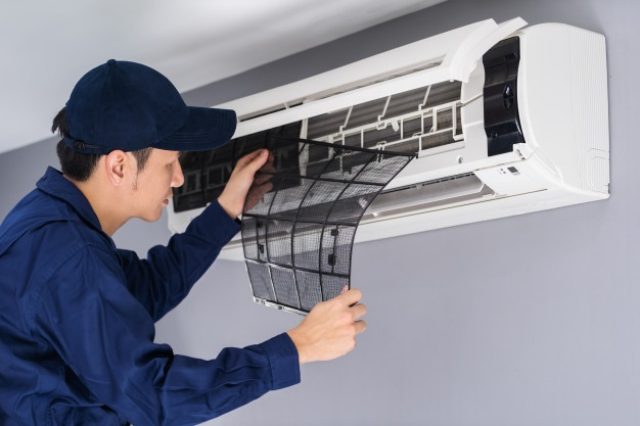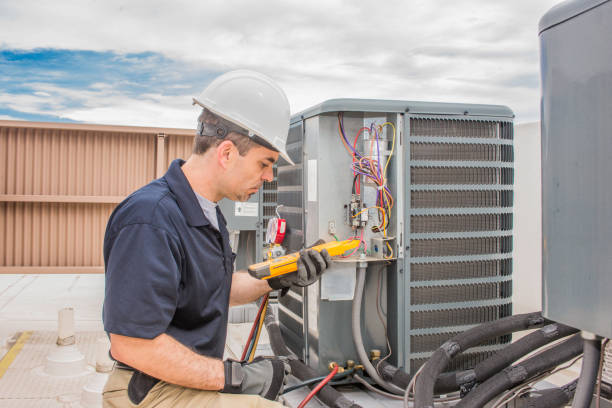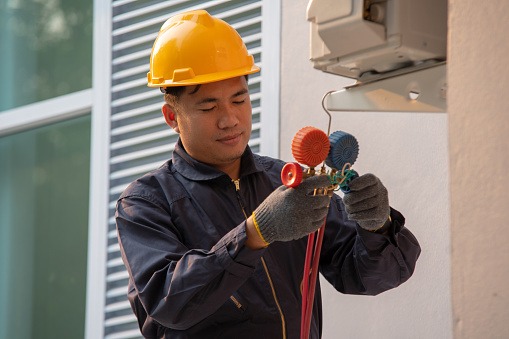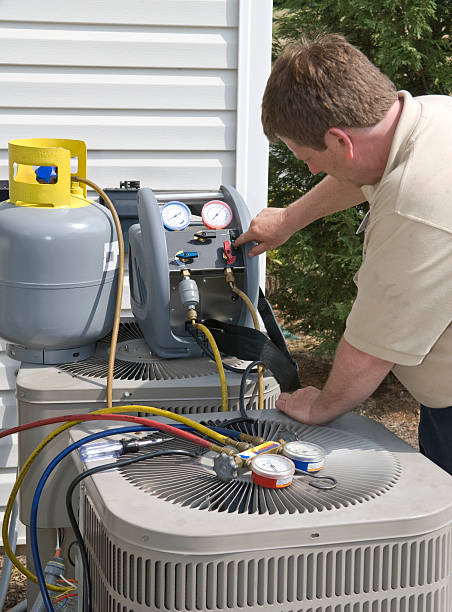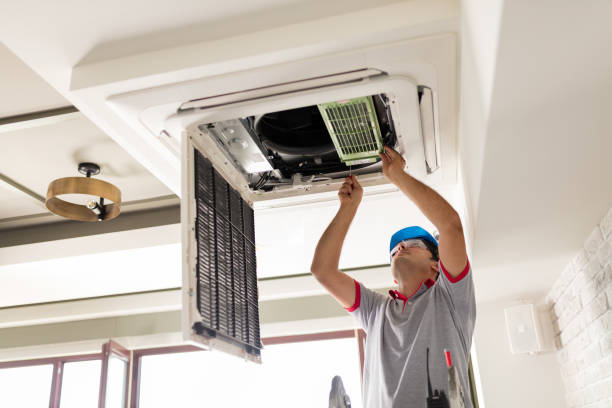Understanding Thermostat Calibration: Ensuring Comfort and Energy Efficiency
Introduction
Thermostats are integral components of modern heating and cooling systems, playing a pivotal role in maintaining indoor comfort and optimizing energy consumption. To perform these functions effectively, thermostats must be accurately calibrated. But what exactly does thermostat calibration entail, and why is it so important? In this article, we’ll explore the concept of thermostat calibration and its significance in the context of climate control and energy efficiency.
What Is Thermostat Calibration?
Thermostat calibration is the process of adjusting and fine-tuning a thermostat’s temperature sensing mechanism to ensure it accurately reflects the desired indoor temperature. In simple terms, it’s about making sure that when you set your thermostat to a specific temperature, it delivers the expected comfort level.
Thermostats come in various forms, including traditional analog models and more modern digital or smart thermostats. Regardless of the type, calibration is crucial to ensure the thermostat reads and responds to temperature changes correctly.
Why Is Calibration Necessary?
- Comfort: Accurate calibration ensures that your thermostat maintains your home or office at the temperature you desire. Without proper calibration, your environment may become too hot or too cold, leading to discomfort.
- Energy Efficiency: One of the most critical reasons for thermostat calibration is energy efficiency. If your thermostat is not accurately calibrated, it may cause your heating or cooling system to run longer than necessary, consuming excess energy and driving up your utility bills.
- Equipment Lifespan: Continuous overuse of your heating or cooling system due to calibration issues can lead to premature wear and tear, reducing the lifespan of the equipment. Proper calibration helps protect your investment in HVAC (Heating, Ventilation, and Air Conditioning) systems.
How Is Thermostat Calibration Done?
Calibrating a thermostat depends on its type:
1. Analog Thermostats: These thermostats use a bi-metallic coil or other mechanical devices to detect temperature changes. Calibration typically involves adjusting a small screw or knob on the thermostat. You turn it until the displayed temperature matches a reference thermometer.
2. Digital Thermostats: Calibration for digital thermostats is generally easier. You can recalibrate the thermostat by accessing its settings and adjusting the temperature offset or calibration settings. This is done by setting the thermostat to the desired temperature and then telling it how much you want to adjust the reading by.
3. Smart Thermostats: Smart thermostats are the most user-friendly. They often have smartphone apps that guide you through the calibration process, allowing you to make adjustments with a few taps on your phone.
Tips for Effective Thermostat Calibration:
- Use a reliable and accurate thermometer as a reference to compare the thermostat’s reading.
- Wait at least 15-20 minutes after making adjustments to allow the thermostat to stabilize before checking the temperature again.
- Consider hiring a professional HVAC technician to calibrate your thermostat, especially if you’re not confident in your ability to do it correctly.
Energy Savings
One of the most significant advantages of a properly calibrated thermostat is reduced energy consumption. When your thermostat accurately reflects the indoor temperature, your heating and cooling systems operate only as needed, leading to lower energy bills. This not only benefits your wallet but also reduces your carbon footprint, contributing to a greener planet.
Enhanced Comfort
Comfort is a primary objective of any heating and cooling system. With calibration, you can ensure that your thermostat maintains your desired temperature consistently. No more waking up in the middle of a winter night to a chilly bedroom or sweating through a hot summer day indoors.
Extended Equipment Life
Heating and cooling systems are significant investments. A calibrated thermostat can help protect this investment by preventing overuse and unnecessary wear and tear on your equipment. Prolonging the lifespan of your HVAC system can save you from the expense of early replacements.
Environmental Responsibility
Calibrating your thermostat isn’t just about personal comfort and cost savings. It’s also about reducing your energy consumption, which contributes to a more sustainable planet. By using only the energy necessary to maintain a comfortable indoor environment, you play your part in mitigating the impact of climate change.
In conclusion, thermostat calibration is a simple yet highly effective way to achieve a balance between comfort and energy efficiency. By ensuring your thermostat accurately reflects your desired temperature, you not only make your life more comfortable but also contribute to a greener, more sustainable world. Regular maintenance and calibration of your thermostat should be part of your overall strategy for energy conservation and environmental responsibility.

